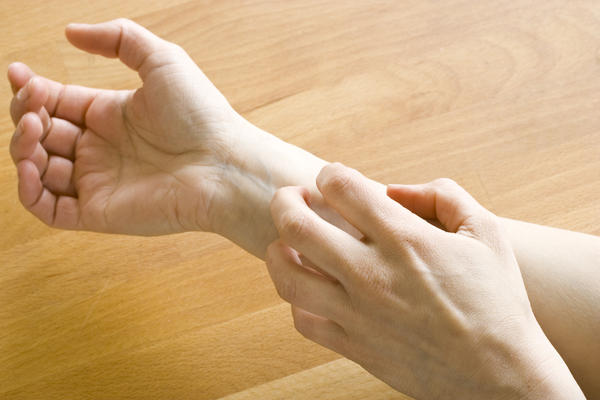
Many of us are familiar with gestational diabetes, a form of temporary diabetes that occurs during pregnancy, but very few of us have probably ever heard of cholestasis of pregnancy. I am not ashamed to admit that I myself had not heard of the concept until last week, when a patient brought it to my attention as part of her medical history, despite my specialization and continuing education classes. Therefore, I did what any health care provider would do. I decided to research it and discuss it in my latest blog in order to educate and enlighten you!
Cholestasis of pregnancy (aka obstetric cholestasis and intrahepatic cholestasis of pregnancy) is an uncomfortable phenomenon characterized by severe itching, most often on both palms of the hands and soles of the feet. It involves impaired flow of liver bile, a dark fluid involved with lipid digestion in the small intestine. Itchiness may occur on other parts of the body as well. Itching is often worst at night, and it often interrupts one’s ability to sleep. Other less common symptoms of cholestasis include jaundice (yellowing of the skin and whites of the eyes), loss of appetite, and nausea.
The exact cause of cholestasis of pregnancy is unclear, yet researchers believe there is a strong genetic factor that contributes to its development due to the commonly observed familial pattern of the disease. Furthermore, certain pregnancy hormones which circulate in greater concentrations, especially during the third trimester, may contribute to its development. It is believed that pregnancy hormones decrease the flow rate of bile from the liver, and the buildup of bile in the liver causes bile acids to seep into the bloodstream. Once the acids have entered the circulatory system, they can be transported anywhere in the body, including the hands and feet, where they often tend to accumulate and create itchiness.
Risk factors for developing cholestasis of pregnancy include a family history of the condition, a previous history of liver disease, and a twin pregnancy. A previous personal history of cholestasis of pregnancy is also highly correlated with development of the condition in subsequent pregnancies. In fact, approximately 50-66% of women will experience a recurrence of cholestasis of pregnancy. While onset of cholestasis of pregnancy often occurs during the third trimester and worsens prior to one’s due date, it may develop earlier in the pregnancy as well. It can be diagnosed via blood sample tests which measure liver function and blood bile levels.
Treatment of cholestasis of pregnancy is aimed at alleviating maternal discomfort and prevention of complications. Ursodiol (Urso or Actigall) are medications commonly prescribed to decrease the amount of bile in the bloodstream and to relieve itching. Antihistamines are contraindicated and may be harmful to the fetus. Lukewarm water baths are also recommended to decrease itchiness. Doctors often recommend early induced delivery at approximately the 37th week of pregnancy due to the fact that it may have harmful effects on the fetus. Cholestasis of pregnancy is associated with preterm birth and meconium contamination of amniotic fluid, which may lead to fetal breathing complications. Once the baby has been delivered, the intense itchiness resolves within several days.
If you or someone you know are pregnant and can relate to these symptoms, please discuss them with your general practitioner or obstetrician. Accurate diagnosis can lead to proper treatment, which will help both you and your fetus. For other pregnancy changes and challenges, Revitalize Physical Therapy can help with your musculoskeletal related pregnancy needs. Please contact us with any questions you may have about how our services can help you.


